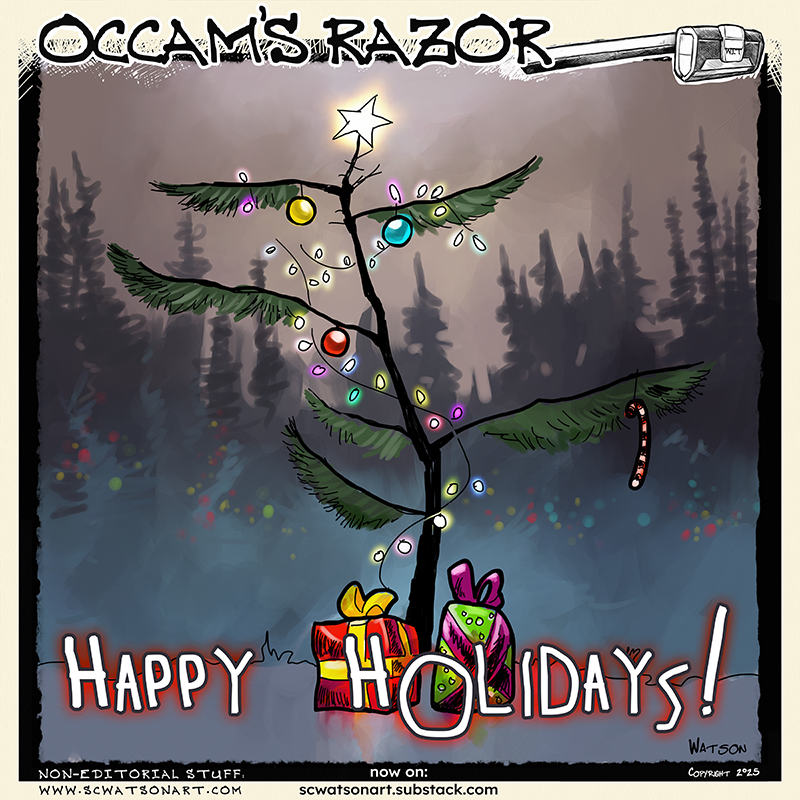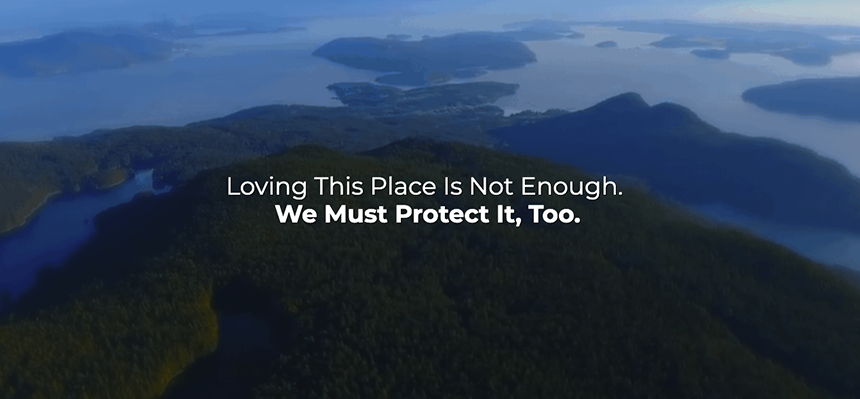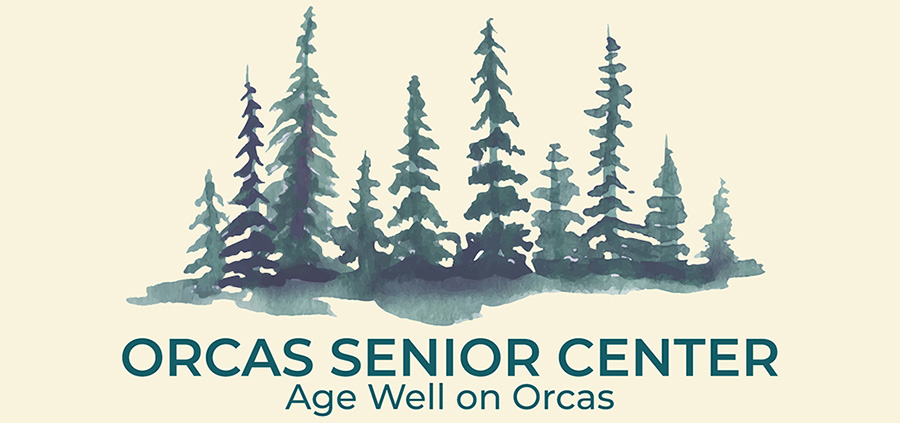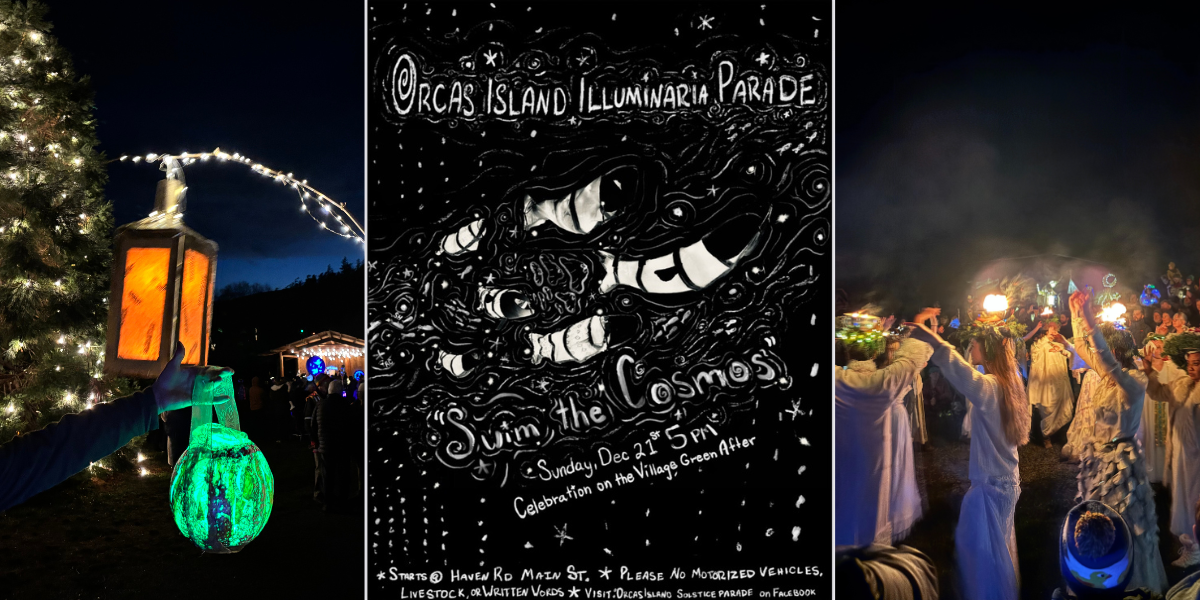— from Washington State Recreaction and Conservation Office —
Local communities are requesting funding for 349 projects to expand recreational areas and conserve wildlife habitat and working lands, the Recreation and Conservation Funding Board announced today.
The funding board evaluated and ranked the projects, which will continue to the Governor and state Legislature for funding consideration.
“The projects show huge support by every community and organization for investing in recreation and taking care of our wild areas,” said Kaleen Cottingham, director of the Recreation and Conservation Office, which staffs the funding board and administers the grants. “We have hundreds of volunteers with experience in recreation and conservation evaluating the grant proposals and creating ranked lists. That vetting process means that the best projects rise to top of the list.”
In total, the projects are requesting more than $211 million. Here’s the breakdown: 179 projects are requesting $76.7 million for parks, 82 projects are requesting $76.8 million to conserve wildlife habitat and working farms and forests, 48 projects are requesting $39.4 million for trails and 40 projects are requesting $18.9 million to give people access to the waterfront.
Below is a list of grant requests in each county.
- Adams County……………………
………….. $837,303 - Asotin County……………………
…………… $260,000 - Benton County……………………
………. $3,064,442 - Chelan County……………………
………. $7,778,916 - Clallam County……………………
………. $6,602,315 - Clark County……………………
………….. $7,905,183 - Columbia County……………………
……… $155,000 - Cowlitz County……………………
………. $4,733,486 - Douglas County……………………
……….. $554,390 - Ferry County……………………
………….. $1,660,675 - Franklin County……………………
…….. $1,381,365 - Grant County……………………
…………….. $645,094 - Grays Harbor County…………………… $3,535,136
- Island County……………………
………… $4,349,035 - Jefferson County……………………
…… $6,150,557 - King County……………………
…………. $32,446,022 - Kitsap County……………………
………. $13,426,253 - Kittitas County……………………
……….. $2,634,852 - Klickitat County……………………
……… $4,432,600 - Lewis County……………………
…………. $2,929,222 - Mason County……………………
……….. $2,604,650 - Okanogan County……………………
…. $8,990,909 - Pacific County……………………
……….. $4,133,155 - Pierce County……………………
………. $16,173,593 - San Juan County……………………
…… $4,010,275 - Skagit County……………………
………… $2,275,588 - Skamania County……………………
…….. $592,668 - Snohomish County…………………… $17,805,756
- Spokane County……………………
……. $8,164,326 - Stevens County……………………
………… $495,000 - Thurston County……………………
….. $12,409,645 - Walla Walla County……………………
…….. $784,500 - Whatcom County……………………
…… $7,073,330 - Whitman County……………………
……. $5,746,328 - Yakima County……………………
…….. $12,490,052 - Multiple Counties………………….
…….. $1,775,593
To see how each project scored, visit RCO’s Web site.
The board accepts these grant applications every other year and added a new policy this year that makes funding more accessible for communities in need.
“We adjusted some of our scoring in two grant programs to prioritize projects in underserved and lower income communities or projects that promote healthy lifestyles in communities with certain poor health indicators,” Cottingham said. “We also reduced the matching resources that some communities must contribute to get grants. For example, communities with smaller populations or lower income populations will need to provide less when receiving grants.”
About 18 percent of the applicants were able to benefit from the new reduced match policy.
“Spending time outdoors is vital to the mental and physical health of both kids and adults,” Cottingham said. “The more parks and trails communities have, the more people exercise, and that is proven to reduce health care costs. Both exercise and exposure to nature also promote better mental health, and leave people feeling calm, relaxed and able to focus. Investments in outdoor recreation pay many dividends.”
Washingtonians spend $21.6 billion a year on everything from spandex to fly rods, supporting nearly 200,000 jobs.
“These investments benefit everyone,” Cottingham said. “The best time to invest in outdoor recreation is right now. Our population is growing, and land and development prices are going nowhere but up. Preserving and protecting natural areas conserves habitat for fish and other wildlife, protects clean air and water and reduces pollution.”
Funding comes through five different grant programs:
- Aquatic Lands Enhancement Account: Funded almost entirely by revenue generated by the state Department of Natural Resources’ management of state-owned aquatic lands, these grants are used to protect and enhance aquatic lands and provide public access to the waterfront.
- Boating Infrastructure Grant: Funding comes from a portion of the federal Aquatic Resources Trust Fund and is used to develop and renovate boating facilities targeting guest recreational boats 26 feet and larger. Grants also may be used for boater education.
- Land and Water Conservation Fund: Funded from a portion of federal revenue from selling and leasing off-shore oil and gas resources, these grants are used to preserve and develop outdoor recreation resources, including parks, trails and wildlife lands.
- Washington Wildlife and Recreation Program: The largest of the board’s grant programs, funding comes from the state’s sale of general obligation bonds. Grants can be used to build and improve parks, trails, ball fields and water access sites. Grants also fund the conservation of working farms and forests and wildlife habitat.
- Youth Athletic Facilities: Funded by the state’s sale of general obligation bonds, these grants are used to buy land and develop or renovate outdoor athletic facilities such as ball fields, courts, swimming pools and skate parks that serve youth.
**If you are reading theOrcasonian for free, thank your fellow islanders. If you would like to support theOrcasonian CLICK HERE to set your modestly-priced, voluntary subscription. Otherwise, no worries; we’re happy to share with you.**







